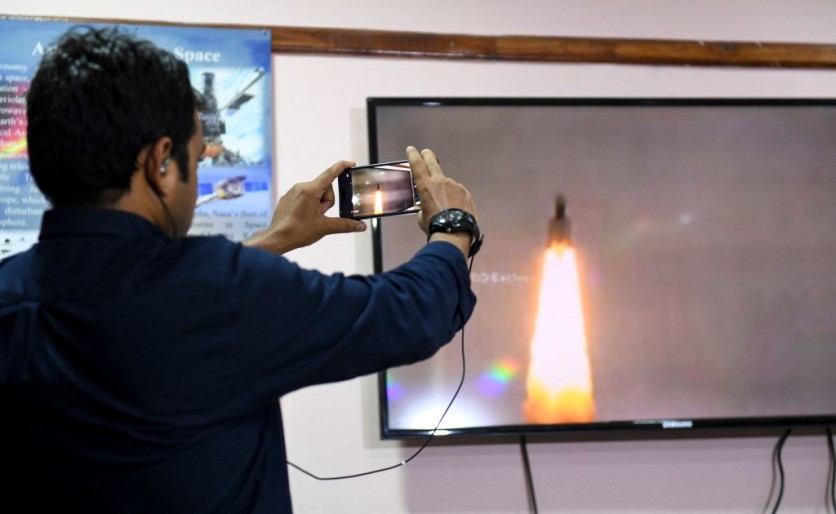The recent achievement of India's Chandrayaan-3 mission has garnered praise from international space agencies, such as NASA, the UK Space Agency, and the European Space Agency (ESA).
The Chandrayaan-3 mission made history on Wednesday after India became the first country to successfully land near the moon's South Pole.

India Makes History
Led by scientists at the Indian Space Research Organisation (ISRO), the mission marks a significant milestone in lunar exploration. According to The Economic Times, it also made India the fourth nation to achieve a soft landing on the moon after the USSR, the US, and China.
Bill Nelson, NASA Administrator, congratulated ISRO and India on Twitter, saying, "Congratulations ISRO on your successful Chandrayaan-3 lunar South Pole landing! And congratulations to India on being the 4th country to successfully soft-land a spacecraft on the moon. We're glad to be your partner on this mission!"
The UK Space Agency also recognized the historic achievement, while the European Space Agency's Director General Josef Aschbacher highlighted the significance of the mission's success and India's demonstration of new technologies.
The Chandrayaan-3 mission, composed of a propulsion module, a lander, and a rover, represents a remarkable advancement in lunar exploration. The lander, Vikram, softly touched down near the moon's South Pole, covering a journey of approximately 3.84 lakh km over 40 days.
Lunar Leap for India
This successful landing is a significant leap for India, marking the first time a spacecraft reached the lunar south pole. This area offers a distinctive geological landscape and potential resources, particularly water ice, which could be of immense value for future exploration and potential habitation.
The achievement of the Chandrayaan-3 mission is not just a culmination of meticulous scientific and engineering efforts but also a testament to ISRO's dedication to learning from past experiences.
Drawing lessons from the Chandrayaan-2 mission's Vikram lander crash in 2019, ISRO adopted a "failure-based design" approach, implementing system backups and safeguards to ensure a safe and successful landing.
Key enhancements were made to the guidance, navigation, and control system, allowing Vikram to correct its trajectory deviations more effectively. This approach minimized the risk of straying off course during descent. The mission also carried a higher quantity of fuel to enhance control precision during the landing process.
The Chandrayaan-3 mission's successful landing near the moon's south pole underscores the importance of international collaboration in space exploration and highlights the growing capabilities of nations in the field.
Related Article : Chandrayaan-3 Close-Up Moon Video: Vikram Lander's Breathtaking Lunar Surface Footage Unveiled by ISRO

![Apple Watch Series 10 [GPS 42mm]](https://d.techtimes.com/en/full/453899/apple-watch-series-10-gps-42mm.jpg?w=184&h=103&f=9fb3c2ea2db928c663d1d2eadbcb3e52)



